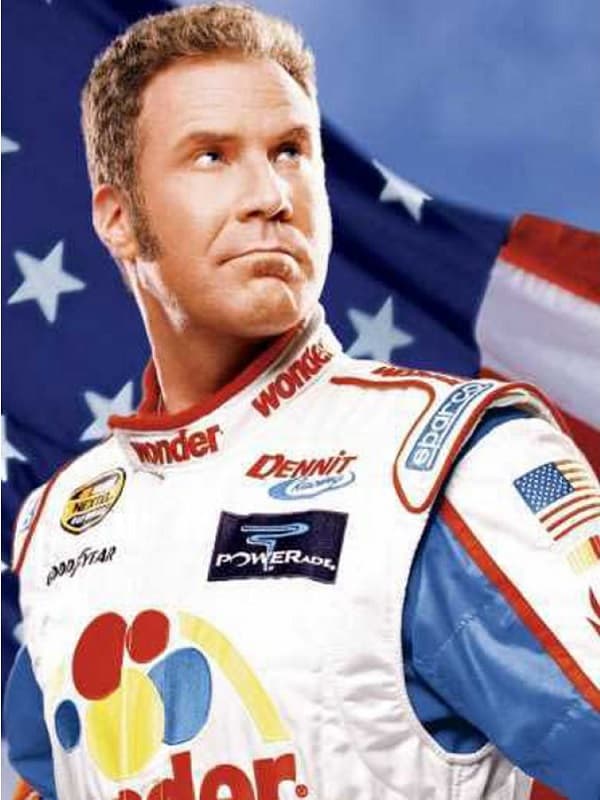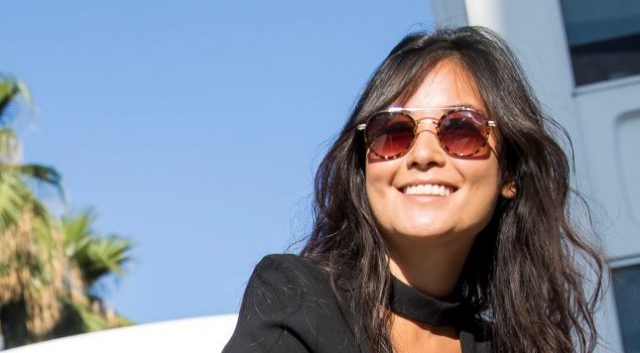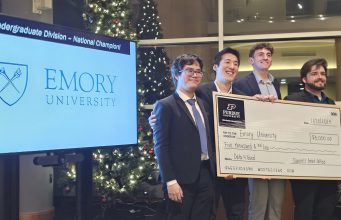If you’re like most people, you hover over that “Skip Ad” button like a cheetah, ready to pounce the second it becomes clickable. We don’t care about this tax software or that light beer, YouTube; we just want “Baby Shark” to start playing immediately so the toddler will stop screaming, thank you very much.
According to a 2017 study by the IPG Media Lab, 65 percent of people skip online video advertising; when they’re on a smartphone, that number goes up to 84 percent. With those disheartening statistics, plus the fact that the options for ad-free subscription video on demand (SVOD) platforms such as Netflix and Hulu are cheap and plentiful, what’s an advertiser to do?
One simple solution: make the product part of the content. Product placement may be as old as the entertainment industry itself (even Shakespeare name-dropped his favorite wines), and now its younger, cooler cousin—brand integration—is just coming into its own.
“The future of advertising will be inside the content as opposed to outside it. We are here to help brands break through the noise and provide meaningful advertising that drives tangible results.” BEN Group’s motto is “Be the entertainment, not the interruption,” and they deliver on that goal.
– Michelle Wang 13BBA, chief of staff to the CEO of BEN Group.
Power to the Producers

Brand integration, as the name implies, is when a brand becomes part of the content, fully incorporated into the story, whether it be film, music, gaming, social media, or any other kind of entertainment media. TV and movie examples jump readily to mind. What kind of car is the Autobot superstar Bumblebee’s in the blockbuster series Transformers? A Chevrolet Camaro, of course. In the hit Netflix series Stranger Things, what fuels Eleven’s charming blend of deadpan humor and raw telekinetic power? Lots and lots of Eggo waffles.

BEN, in fact, is responsible for those particular partnerships, and have made numerous powerful, iconic brand/media matches. Wonder Bread’s prominence in Talladega Nights was their doing. So was making Tom Hank’s character Forrest Gump obsessed with Dr. Pepper. And that martini-swilling, Aston Martin–driving James Bond? “We got him drinking Heineken and driving BMWs,” says Wang.
But for Wang at least, it’s not just about the blockbusters and the household name brands. It’s about empowering creators. “The producers, YouTubers, and TikTok creators are the Michaelangelos and Da Vincis of our day,” Wang says. “When you think about humankind, what is it that we look back on over hundreds and thousands of years? It’s the art and the culture that make a lasting impact, that make us uniquely human. Our mission at BEN Group is to be ‘the architect, destination, and protector of the creator economy; to continually inspire and empower [creators] to create entertainment, content, and art.’” But artists need to make a living like the rest of us, and with the growing decentralization of entertainment platforms, brand partnerships are crucial to helping creators monetize their work.
Leveraging AI for Brand Integration

A key aspect of brand integration, especially for lesser-known brands, is authenticity; ham-fisted product placement is not the goal here. To achieve organic integrations, BEN Group uses a model they call “the consensus triangle.”
“It’s about alignment between the brand, the content creator, and the audience,” says Wang. “When we reach consensus amongst the three, it is a true win-win for all. Brands get to access a loyal, engaged audience; creators earn money to empower their art and livelihood; and consumers receive an authentic story.”

A lot of brand partnerships may seem like no-brainers—of course an Italian fashion entrepreneur and Instagram influencer should team up with Gucci. But where BEN Group really provides cutting-edge solutions is in the not-so-obvious, and that’s where their AI software comes in. “We have a client who is in the business of streaming that was looking to increase subscribers,” Wang explains. “They were initially targeting 18- to 34-year-old males as their key demographic, but our tech identified surprising new customer cohorts, specifically the LGBTQ community, females over 30, and African American families. Given the new targeting, our client saw click-through rates improve by over 170 percent while increasing subscription conversion efficiency by nearly 10 times the first year, and over 20 times to date.”
If brand integration is the future of advertising, artificial intelligence is the future of brand integration. Says Wang, “The simple truth is that the growing rate of content creation and distribution far exceeds what any human can feasibly process.”
BEN Group has invested millions in its AI development and team of data scientists, and the investment is already paying off. “In 2019, during pilot season, our AI accurately predicted all ten of the top-ten broadcast shows (versus industry experts who got one of the top five) and four of the top-five streaming shows (versus industry experts, who predicted two of the five),” explains Wang.
Fifteen years ago, no one had an iPhone, Netflix was still a mail-order DVD service, and Instagram was just a twinkle in Kevin Systrom’s eye. The world has fundamentally changed, and so must advertising, if it wants to keep up. Through authentic entertainment integrations and AI innovation, Wang and her coworkers at BEN Group are managing to not just keep up in the marketing industry but lead the way. And that’s something worth toasting. With a Heineken, perhaps.










